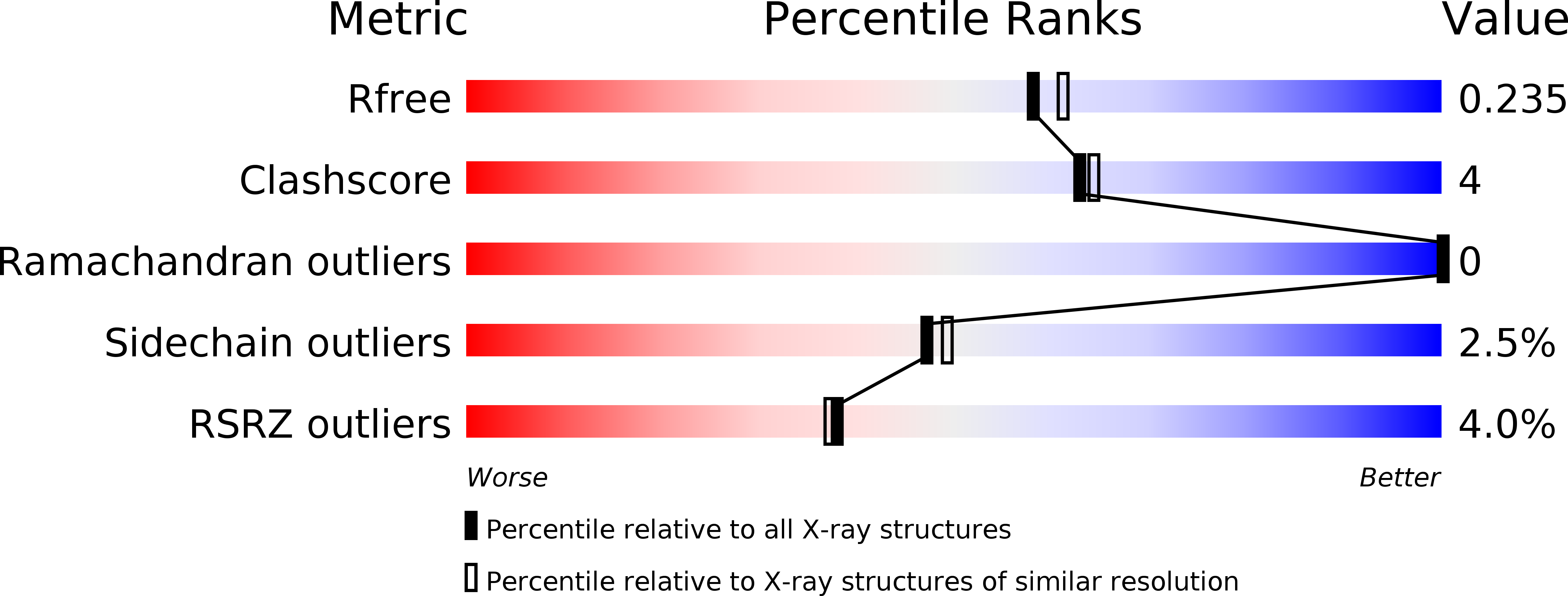
Deposition Date
2014-06-24
Release Date
2014-11-26
Last Version Date
2023-12-27
Method Details:
Experimental Method:
Resolution:
1.99 Å
R-Value Free:
0.23
R-Value Work:
0.18
R-Value Observed:
0.19
Space Group:
C 1 2 1


